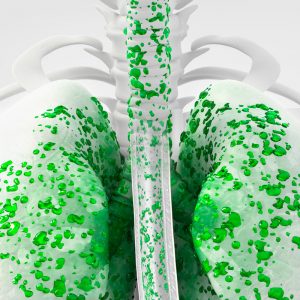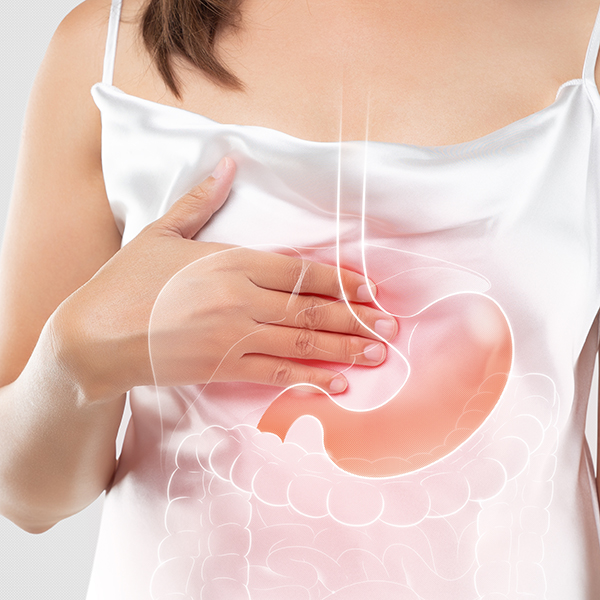Post-Operative Instructions.
- After your procedure you will be given specific instructions on how to manage your pain, wounds, activity, and diet. These following instructions are directed toward providing more information on your recovery. Always refer to the post-operative instructions you were given at discharge and please use the following as an adjunct.
- Dr. Tutela is available to help answer more specific questions if you have any postoperative concerns.
Contact Dr. Tutela, if:
- Temperature greater than 101oF
- Bleeding through your dressing
- Your wound looks “beet red” is oozing milky, green, gray or foul smelling discharge. (Clear, straw colored or pink discharge is typically ok. Please contact us if you have any questions or concerns)
- IF A TRUE MEDICAL EMERGENCY EXISTS CALL 911
Pain
- Pain will be the greatest for the first 48 hours and should progressively improve over the next week.
- Ice-packs
-
- We recommend placing ice-packs on the wounds 15 minutes on and 15 minutes off every other hour while you are awake to help with pain and swelling for the first 48 hours.
- Pain medication
- We recommend utilizing pain medication around the clock for the first two days whether you feel severe pain or not. It typically takes an hour or more for pain medication to take effect and you could suffer greatly while waiting for this relief.
- After the first few days you should try to wean yourself off of the pain medications and adjust to utilizing it when necessary.
- We strongly recommend utilizing pain medications in the early postoperative period in order to assist with early ambulation and deep breathing in order to help prevent blood clots from forming in the legs or developing lung or bladder infections which can greatly prolong your healing process.
-
-
- Narcotics
- Oxycodone, hydrocodone, codeine and hydromorphone (Percocet, Vicodin and Dilaudid) are the most common narcotics prescribed.
- If you are prescribed a narcotic please follow the warnings on the label.
- Do not drive, operate machinery or be responsible for the livelihood of those around you.
- Do not drink alcohol while you are taking narcotics.
- You should take a mild stool softener or laxative while you are taking narcotics as constipation is the most common complaint individuals have while taking narcotics. Over the counter Miralax or Dulcolax can assist, should constipation becomes an issue.
- While we recommend to only use narcotics if needed, you should be aware that some narcotics contain acetaminophen(the same ingredient as Tylenol) and don’t recommend using acetaminophen/Tylenol in conjunction with these combination drugs. Also, while it is safe in most circumstances to take ibuprofen, naprosyn, Motrin, Advil or Alleve in conjunction with narcotics, some patients may have an elevated bleeding risk when using these medications and should not take them if this risk exists.
Activity
-
- Unless otherwise directed you should resume your activities of daily living 24 hours after surgery.
- Each day you should progress and pain or fatigue should be your limiting factor.
- With assistance at all times, you should attempt to get to your front door on day 1, get to the end of your driveway on day 2 and begin walking around your block on day 3. Do not get frustrated if you can not achieve these goals but use them as a guide to try to progressively improve and increase your activities with time.
- While weight limits are typically set at around 15-20 lbs, these are only guidelines to assist with your recovery. If an activity causes pain, stop and try it again the next day. Most procedures will produce enough pain or discomfort that can last 6-12 weeks. You should prepare yourself with at-home support to assist with this recovery. Occasionally we will recommend sub-acute rehabilitation or at-home rehabilitation to assist in your recovery
Driving
-
- We do not recommend driving if you are still taking narcotics.
- By about a week most people are able to drive.
- We don’t recommend driving if you still require significant amounts of pain medications. The concern lies in your reaction time and owns pain tolerance. While driving, if someone were to cut you off or stop short, you may not be able to react without jeopardizing yourself or others due to the focus you may have on your pain or discomfort.
Wounds
-
- Unless otherwise directed, a gauze dressed wound should be kept dressed for the first 48 hours. At that point, you can remove the bandage and shower. If steri-strips were placed under the gauze dressing, it is ok to leave them on until you see your surgeon. More specific wound instructions may be provided thereafter.
- Clear liquid bandage/Glue also known as topical skin adhesive such as Dermabond.
- If this is used you are permitted to shower in 24 hours. Do not attempt to peel this dressing off.
- Staples or Sutures
- Typically removed by your surgeon 10-14 days postoperatively.
Implants and Mesh
- If you have had a hernia repair with mesh implantation or any procedure performed with graft or other implantation you should ask your surgeon specifically if it is ok to shower and how to manage your dressings.
Showering
- If permitted to shower with a wound, try to limit the time of wound exposure to water to 5 minutes.
- Allow the water from the shower to gently and briefly pass over the wound.
- Next, take a clean washcloth and lather it with soap. Then squeeze the washcloth above the wound and allow the soap to pass over the wound. Do not scrub the wound.
- Again allow the water from the showerhead to quickly rinse the soap from the wound.
- Make sure no soap remains in the wound as it may cause irritation.
- Finally, dry your body and pat your wound dry.
- If you have an open wound dress it according to your surgeon’s instructions or apply a dry dressing until your visiting nurse places a more definitive dressing.
- Under no circumstances should you submerge your wounds in water for the first 14 days postoperatively regardless of surgery performed. Whether it is a bath, pool, ocean or any large body of water you should limit your wound exposure to water.
Swelling
A common postoperative occurrence. The majority of procedures produce swelling which peaks at 48 hours and can persist weeks to months. Each day will improve, but this may not be noticeable until weeks or months pass.
Abdominal Wounds
Gallbladder
The largest incision is typically where the gallbladder is removed and where we close the muscle layer with deep sutures. This incision can be either by the breast bone or belly button and is also associated with the worst pain.
Appendix
The largest incision is typically where the appendix is removed and where we close the muscle layer with deep sutures. This incision can be either on the left side or belly button and is also associated with the worst pain.
Hernias.
Inguinal/Groin
Often described as having a roll of coins tucked under the incision. Also commonly associated with ecchymoses or black and blue of the scrotum. If performed laparoscopically massive swelling may be encountered for the first few days or week. If this doesn’t improve or is associated with severe pain, you should contact your surgeon or go to the facility your surgery was performed.
Robotic, Laparoscopic or Incisional
Pain and swelling is typically the most severe with these procedures due to the tacking and complete transabdominal approach to suturing. Typically the incision on the left upper abdomen is where the mesh is inserted and is associated with the most pain and swelling.
Follow-up.
- The day after discharge, please contact Dr. Tutela, at (732) 345-1351, for a follow-up appointment.
- Typically follow-up appointments are made 10-14 days following surgery.
- If you have any questions throughout your care, please do not hesitate to contact us sooner.




No Comments
Sorry, the comment form is closed at this time.